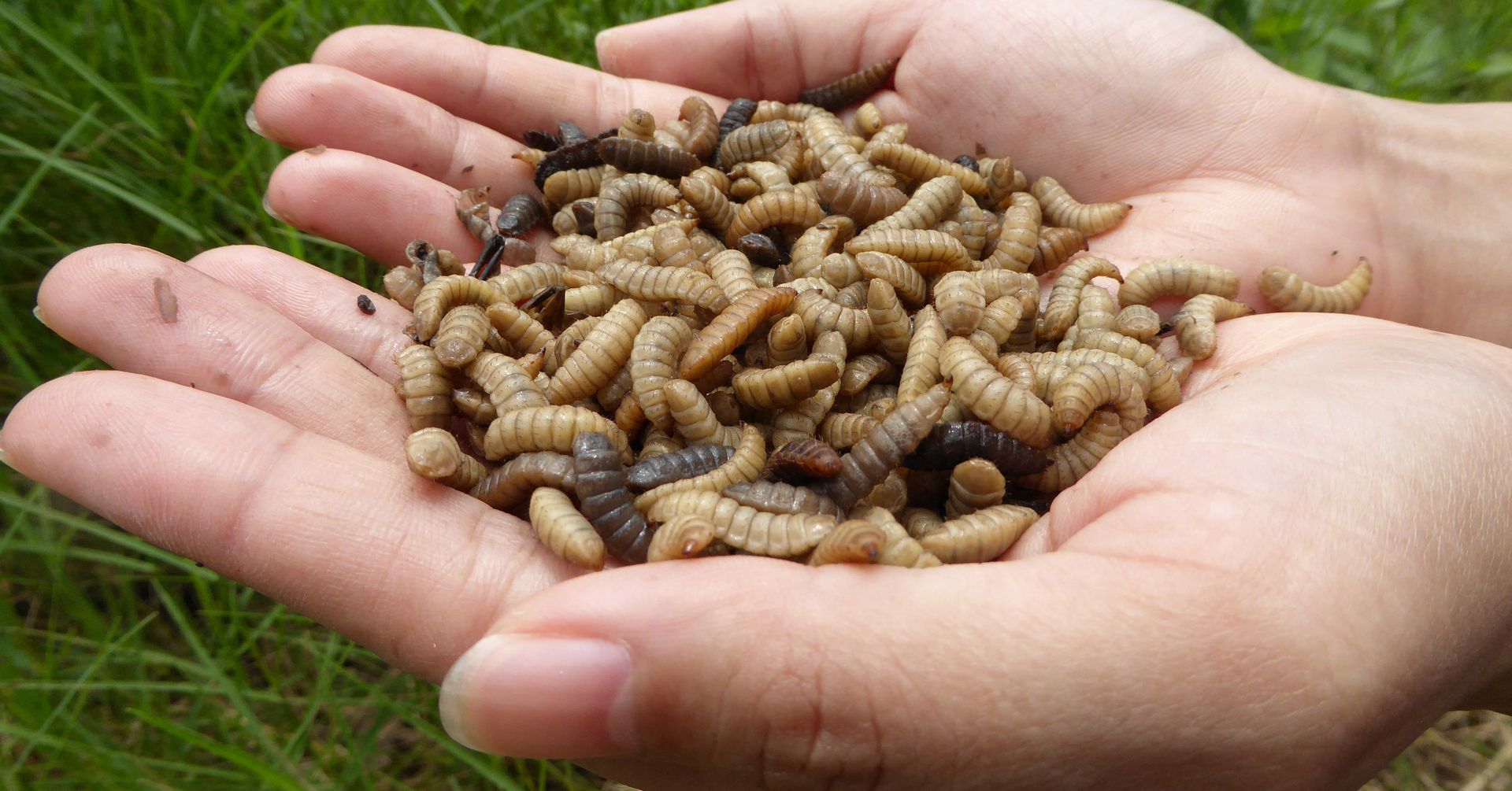

Articles
How To Store Black Soldier Fly Larvae
Modified: December 7, 2023
Learn the best methods for storing black soldier fly larvae in this informative article. Discover tips, tricks, and techniques to ensure their freshness and longevity.
(Many of the links in this article redirect to a specific reviewed product. Your purchase of these products through affiliate links helps to generate commission for Storables.com, at no extra cost. Learn more)
Introduction
The black soldier fly (BSF), scientifically known as Hermetia illucens, is a fascinating insect that has gained popularity in various industries due to its positive environmental impact and nutrient-rich composition. One of the key applications of black soldier flies is in the field of waste management, where they are used to transform organic waste into valuable products like compost and animal feed.
However, there are instances when you may need to store black soldier fly larvae for extended periods, either for future use or to maintain a constant supply. In this article, we will explore the process of storing black soldier fly larvae effectively, including the benefits, factors to consider, suitable containers, creating the ideal storage environment, feeding and maintenance, harvesting, and common troubleshooting issues.
By understanding the intricacies of storing black soldier fly larvae, you can ensure their longevity and quality, ultimately maximizing their potential applications and benefits.
Key Takeaways:
- Storing black soldier fly larvae offers continuous supply, elevated nutrition, waste management support, economic benefits, and research flexibility, maximizing their potential applications and benefits across various industries.
- Factors to consider include larval quality, developmental stage, storage containers, environmental conditions, feeding, and maintenance. Proper harvesting, utilization, and troubleshooting ensure successful storage and utilization of black soldier fly larvae.
Benefits of Storing Black Soldier Fly Larvae
Storing black soldier fly larvae offers several advantages, making it a practical solution for various industries and applications. Here are some key benefits:
- Continuous supply: By storing black soldier fly larvae, you can maintain a constant and reliable source for different purposes. Whether you intend to use them as animal feed, composting material, or for research purposes, having a stock of stored larvae ensures a steady supply even when environmental conditions or seasonal variations affect their natural availability.
- Elevated nutritional value: The nutritional composition of black soldier fly larvae makes them highly desirable as feed for livestock, poultry, and even aquaculture. Storing the larvae allows you to preserve their nutritional value, ensuring that the animals receive a consistent and nutrient-rich diet for optimal development.
- Support waste management efforts: Black soldier fly larvae excel at consuming organic waste, helping to mitigate waste disposal problems. By storing these larvae, you can efficiently manage and process large volumes of waste materials, such as food scraps, kitchen leftovers, and even agricultural byproducts. This aids in reducing environmental pollution and contributes to a more sustainable waste management system.
- Economic benefits: Storing black soldier fly larvae can result in economic advantages for businesses and individuals. For example, if you operate a commercial insect farm, having stocked larvae allows you to meet customer demands consistently, maintain pricing stability, and potentially explore new market opportunities. On an individual level, storing larvae can prove cost-effective, providing a cheaper alternative to continuously purchasing them when needed.
- Flexibility in research and experimentation: Researchers and scientists studying the black soldier fly can benefit from storing larvae. This allows them to conduct experiments, observe life cycles, and analyze various aspects of the insect without relying solely on the availability of live larvae. Stored larvae provide flexibility and control over experiments, enabling researchers to delve deeper into understanding the biology and behavior of this remarkable insect.
These benefits highlight the importance of storing black soldier fly larvae, offering practical solutions across a range of industries and contexts. Whether it’s for sustainability efforts, animal nutrition, waste management, or scientific research, effective storage methods play a crucial role in harnessing the full potential of these remarkable insects.
Factors to Consider Before Storing Black Soldier Fly Larvae
Before storing black soldier fly larvae, it is important to take into account certain factors to ensure their well-being and longevity. Consider the following factors:
- Quality of larvae: The quality of the larvae you plan to store is essential. It is crucial to select healthy, active larvae from a reliable source. Observe the larvae for signs of disease, deformities, or infections before storing them. Healthy larvae are more likely to survive the storage period and retain their nutritional value.
- Stage of development: Black soldier fly larvae go through various stages of development, with the third instar larvae being the optimal stage for storage. At this stage, they are fully grown, have high nutrient content, and are more resistant to stress. Select larvae at the appropriate developmental stage for better storage results.
- Temperature and humidity: The storage environment should maintain suitable temperature and humidity levels. Black soldier fly larvae thrive in warm temperatures around 77°F to 95°F (25°C to 35°C) and a humidity level of around 50% to 70%. Ensure the storage area provides a consistent and controlled environment within these parameters to prevent stress or moisture-related issues.
- Ventilation: Adequate ventilation is crucial for stored black soldier fly larvae. Good airflow helps maintain oxygen levels and remove excess moisture, preventing the growth of harmful bacteria, fungi, or pathogens. Ensure the containers or storage systems have proper ventilation to promote a healthy and well-ventilated environment for the larvae.
- Container selection: The choice of containers for storing black soldier fly larvae is vital. Opt for containers that are appropriate for the larvae’s size, allow for ventilation, and are easy to clean and maintain. Plastic containers or resealable bags are commonly used and can be suitable options as they provide a degree of transparency and protection.
- Feeding schedule: Black soldier fly larvae require a regular food source, even during storage. Plan a feeding schedule to provide them with organic waste or specially formulated feed to ensure their nutrition. Proper feeding maintains the larvae’s health, prevents cannibalism, and ensures they remain active and viable throughout the storage period.
- Regular monitoring: Regularly monitor the stored larvae to assess their condition and address any issues promptly. Check for signs of mold growth, foul odors, or larvae becoming immobile or discolored. Implement a system of regular observation and inspection to detect and mitigate any problems that may arise during the storage process.
Considering these factors before storing black soldier fly larvae is crucial to provide them with the optimal conditions for survival and preservation. By paying attention to the quality of the larvae, their developmental stage, the storage environment, ventilation, container selection, feeding schedule, and monitoring, you can ensure the success of your storage efforts and make the most out of these remarkable insects.
Suitable Containers for Storing Black Soldier Fly Larvae
Choosing the right containers for storing black soldier fly larvae is essential to create an optimal environment that promotes their health and prolongs their viability. Consider the following options when selecting containers for storing black soldier fly larvae:
- Plastic containers: Plastic containers are commonly used for storing black soldier fly larvae due to their durability and ease of maintenance. Look for containers that are food-grade, BPA-free, and have airtight lids. The transparency of plastic containers allows for easy monitoring of the larvae’s activity and helps maintain a suitable level of humidity and ventilation.
- Resealable bags: Resealable plastic bags can be a practical option for storing black soldier fly larvae, especially if you need to store them in smaller quantities. Choose bags with a sturdy seal to prevent any accidental openings or leaks. Ensure the bags have adequate ventilation by poking small holes in them to maintain oxygen flow.
- Metal containers: Metal containers, such as stainless steel or aluminum, can be used for storing black soldier fly larvae. These containers are durable, easy to clean, and provide good ventilation. However, it is important to avoid containers made from reactive metals that may leach harmful substances into the larvae’s environment.
- Mesh or screen cages: If you prefer a more open and spacious storage system, consider using mesh or screen cages. These cages provide ample ventilation and allow for easy observation of the larvae. They are especially useful if you plan to store larger quantities or if you want to create a breeding and storage setup in one container.
- Bucket or tub system: For storing larger quantities of black soldier fly larvae, a bucket or tub system can be a suitable choice. Use a food-grade plastic bucket or tub with a tight-fitting lid. Drill small holes in the lid and sides for proper ventilation. This setup allows for easy feeding, maintenance, and observation of the larvae.
Regardless of the container type you choose, make sure to clean and sanitize it thoroughly before introducing the larvae. Avoid using containers made from toxic materials or those that may harm the larvae. Consider the size and quantity of the larvae you plan to store and select a container that provides enough space and ventilation for their needs.
Remember, the goal is to create a suitable environment that replicates their natural habitat while offering the necessary protection and ventilation. Taking the time to select the right containers will contribute to the successful storage of black soldier fly larvae and ensure their well-being throughout the storage period.
Creating the Ideal Storage Environment for Black Soldier Fly Larvae
Creating the ideal storage environment for black soldier fly larvae is crucial to ensure their well-being and longevity. By replicating their natural habitat conditions, you can optimize their development and preserve their nutritional value. Here are some key factors to consider when creating the ideal storage environment:
- Temperature: Black soldier fly larvae thrive in warm temperatures ranging from 77°F to 95°F (25°C to 35°C). Maintain a consistent temperature within this range throughout the storage area. Avoid extreme temperature fluctuations, as they can stress the larvae or affect their development.
- Humidity: Black soldier fly larvae prefer a humidity level of around 50% to 70%. You can achieve this by providing a moist environment without excessive moisture buildup. Use moisture-retaining materials like damp towels, sphagnum moss, or a layer of moist substrate at the bottom of the container to maintain adequate humidity.
- Ventilation: Adequate ventilation is crucial for the larvae’s well-being. Good airflow helps maintain oxygen levels and prevent the buildup of carbon dioxide. Ensure the container or storage system has proper ventilation holes or mesh to allow air circulation. This prevents the growth of harmful bacteria, fungi, or pathogens and promotes a healthy environment for the larvae.
- Lighting: Black soldier fly larvae prefer dark environments. Ensure the storage area is dark or minimally lit to mimic their natural habitat. Exposure to excessive light can disrupt their feeding and resting patterns, leading to stress and decreased viability.
- Substrate: Providing a suitable substrate can enhance the larvae’s development and comfort. A layer of organic material like wood chips, sawdust, or cardboard can serve as a substrate that helps maintain moisture and encourages natural behaviors like burrowing. Avoid using materials treated with chemicals or substances harmful to the larvae.
- Container cleanliness: Regularly clean and sanitize the storage containers to maintain a healthy environment for the larvae. Remove any uneaten food, feces, or moisture buildup to prevent the growth of mold or harmful microorganisms. This helps maintain the larvae’s health and minimizes the risk of diseases or infections.
By considering these factors when creating the storage environment, you can ensure that the black soldier fly larvae remain healthy and viable throughout the storage period. Regularly monitor the temperature, humidity, and ventilation levels to maintain optimal conditions. Observe the larvae for any signs of distress or issues and address them promptly to ensure their well-being.
Remember, the goal is to provide a comfortable, natural, and sanitary environment that closely resembles their native habitat. By doing so, you can optimize the storage conditions and preserve the larvae’s nutritional value, ensuring they remain in optimal condition for their intended use.
Store black soldier fly larvae in a well-ventilated container with a lid, lined with a paper towel to absorb moisture. Keep them at room temperature and feed them a small amount of organic waste daily. Avoid direct sunlight and excessive heat.
Read more: How To Store Peaches To Avoid Fruit Flies
Feeding and Maintenance of Stored Black Soldier Fly Larvae
Feeding and maintaining stored black soldier fly larvae is crucial for their well-being and overall health. Proper nutrition and regular care ensure their optimal development and viability. Here are some guidelines for feeding and maintaining stored black soldier fly larvae:
- Feeding schedule: Establish a regular feeding schedule for the larvae. Black soldier fly larvae require a constant food source to thrive and maintain their nutritional value. Feed them organic waste or a specially formulated larval feed. Ensure that the food provided is fresh and free from contaminants or toxins.
- Food type and quantity: Black soldier fly larvae are voracious eaters and can consume a wide variety of organic waste materials. Common food sources include kitchen scraps, fruit and vegetable waste, and even agricultural byproducts. Adjust the quantity of food provided based on the number of larvae and their developmental stage. Avoid overfeeding, as excess food can lead to moisture buildup and attract pests.
- Food presentation: Present the food in a way that maximizes the larvae’s feeding efficiency. Cut or blend the food into small, easily consumable pieces. Sprinkle the food evenly throughout the container to encourage natural foraging behavior and minimize competition. Avoid piling the food in one spot, as it can lead to overcrowding and cannibalism.
- Water source: Provide a source of water for the larvae to ensure their hydration. Mist the container lightly with water or place a shallow dish with water-soaked cotton balls nearby. Avoid excessive moisture, as it can lead to mold growth or drowning of the larvae. Monitor the moisture levels and adjust accordingly.
- Maintenance: Regularly inspect the larvae and the storage environment for any signs of issues or stress. Remove any dead or diseased larvae promptly. Clean the containers regularly to prevent the buildup of waste, excess moisture, or pests. Maintain adequate ventilation and ensure that the substrate remains clean and free from mold or other contaminants.
- Monitoring: Regularly monitor the larvae for signs of good health. Healthy larvae should be active, have a creamy white color, and show voracious feeding behavior. Monitor their size and growth to identify any abnormalities or potential issues. Record any observations and make adjustments to the feeding and maintenance practices accordingly.
By following these guidelines, you can ensure that the stored black soldier fly larvae receive proper nutrition and care. A well-balanced diet and regular maintenance contribute to their overall well-being and make them more suitable for their intended use, such as animal feed or composting material.
Remember that each batch of larvae has unique requirements, so pay close attention to their behavior and adjust the feeding and maintenance practices accordingly. By providing optimal conditions and attentive care, you can maintain the quality and viability of the black soldier fly larvae throughout the storage period.
Harvesting and Using Stored Black Soldier Fly Larvae
Harvesting and utilizing the stored black soldier fly larvae is the culmination of the storage process. Proper harvesting techniques ensure the maximum yield and quality of the larvae for their intended purposes. Here’s a step-by-step guide on harvesting and using stored black soldier fly larvae:
- Assess readiness: Check if the larvae have reached the desired stage for harvest. Third instar larvae are often preferred as they have fully developed and contain high nutritional value.
- Separate the larvae from substrate: If using a substrate in the storage container, carefully separate the larvae from the substrate using a sift or screen. Gently sift the larvae out, avoiding any excessive handling that may cause damage.
- Remove excess moisture: Allow the harvested larvae to dry out slightly to remove excess moisture. This can be done by placing them on a clean, dry surface or using absorbent materials like paper towels.
- Store or use the larvae: Depending on your intended use, you can either store the harvested larvae for future use or utilize them immediately. If storing, transfer the larvae to a suitable storage container and provide proper ventilation and feeding to maintain their viability.
- Utilization as animal feed: One common application of black soldier fly larvae is as a nutritious feed source for livestock, poultry, and even aquatic animals. Ensure that the harvested larvae are fed to the target animals while they are still fresh and retain their nutritional value.
- Composting: Black soldier fly larvae are excellent composters. If your intention is to compost the harvested larvae, add them to your compost pile or vermiculture system. The larvae will break down organic waste materials and accelerate the composting process, resulting in nutrient-rich soil amendments.
- Research and experimentation: If you are conducting research or experimentation with black soldier fly larvae, the harvested larvae serve as valuable subjects. Observe their behavior, life cycles, and conduct any necessary analyses or experiments according to your research objectives.
- Continuous maintenance: Regardless of how you choose to utilize the harvested larvae, ensure proper feeding, maintenance, and environmental conditions to sustain their viability and overall health. Regularly monitor the storage containers and adjust feeding schedules as needed.
By following these steps, you can effectively harvest and utilize the stored black soldier fly larvae for various purposes. Whether you’re using them as animal feed, composting material, or for research and experimentation, the harvested larvae offer valuable benefits and contribute to sustainability efforts.
Remember to always handle and store the harvested larvae hygienically and in adherence to any regulations or guidelines related to their specific use, especially when utilizing them as animal feed. This ensures the safety and quality of the end product and maintains the positive reputation of black soldier fly larvae as a sustainable and beneficial resource.
Common Issues and Troubleshooting
While storing black soldier fly larvae can be a rewarding endeavor, it is not without its challenges. Understanding common issues that may arise during the storage process and how to troubleshoot them can help ensure the success and viability of the larvae. Here are some common issues and troubleshooting tips:
- Mold growth: Mold can be a common issue in containers with excessive moisture or poor ventilation. To prevent mold growth, ensure proper ventilation by providing adequate airflow in the container. Adjust the moisture levels by removing excess moisture or using moisture-absorbing materials like paper towels. If mold growth persists, consider reducing the overall moisture content in the storage environment.
- Foul odor: A foul odor may indicate poor hygiene or rotting food within the storage container. Regularly clean and sanitize the container to eliminate any potential sources of odor. Remove any uneaten or decaying food promptly to prevent the growth of bacteria or unpleasant odors.
- Moisture buildup: Excessive moisture can lead to mold growth, foul odors, and even harm the larvae. Monitor the moisture levels regularly and remove any excess moisture to maintain a suitable environment. Ensure proper ventilation and consider using moisture-absorbent materials like paper towels or a layer of dry substrate to help control moisture levels.
- Overcrowding: Overcrowding can lead to stress, competition for food, and even cannibalism among the larvae. Maintain an appropriate larval density by regularly thinning out the larvae or using multiple storage containers. Ensure that each larva has adequate access to food and space to move around without hindrance.
- Larval decline in health: If you notice a decline in the health or activity levels of the larvae, it could indicate issues with nutrition, temperature, or sanitation. Review their feeding schedule and ensure they receive a balanced diet. Check and regulate the storage environment to maintain optimal temperature and hygiene. If health issues persist, consult with experts or consider sourcing healthy larvae from a reliable supplier.
- Predator or pest infestation: Larvae can attract pests like mites, flies, or ants. Ensure that the storage containers are properly sealed and free from any openings that may allow pests to enter. Regularly inspect the containers and surrounding areas for signs of infestation and take appropriate measures to eliminate or prevent pests from causing harm to the larvae.
- Decreased viability: If the stored larvae exhibit a decrease in viability, consider reviewing the overall storage conditions and quality of the larvae used initially. Assess the temperature, humidity, ventilation, and food quality to ensure they match the optimal requirements for black soldier fly larvae. If viability issues persist, consult with experienced breeders or entomologists to identify potential underlying factors.
Addressing these common issues and troubleshooting them promptly will help maintain the health and viability of the stored black soldier fly larvae. Remember that each situation may require unique solutions, so actively monitor the larvae and adjust the storage conditions as needed.
By being vigilant and proactive in resolving any issues, you can ensure the success of your storage efforts and effectively harness the benefits of black soldier fly larvae for various applications.
Conclusion
Storing black soldier fly larvae can be a rewarding endeavor, offering numerous benefits and applications across various industries. By carefully considering factors such as larval quality, developmental stage, storage containers, environmental conditions, feeding and maintenance, and proper harvesting techniques, you can optimize the storage process and maintain the larvae’s viability.
Storing black soldier fly larvae provides a continuous supply, elevated nutritional value, and support for waste management efforts. It also offers economic benefits, flexibility in research, and experimentation. By effectively storing the larvae, you can ensure a consistent and reliable source of valuable products like compost, animal feed, and more.
Creating the ideal storage environment involves maintaining suitable temperature and humidity levels, providing adequate ventilation, and ensuring proper lighting and substrate. Regular monitoring and good container cleanliness are essential for the well-being of the larvae.
Feeding and maintaining stored black soldier fly larvae involves establishing a feeding schedule, providing the right food type and quantity, and ensuring a water source. Regular maintenance and monitoring allow for observation of overall larval health and addressing any issues promptly.
Harvesting and utilizing the stored black soldier fly larvae involves separating them from the substrate, removing excess moisture, and deciding whether to store or use them. The harvested larvae can be used as animal feed, composting material, or for research and experimentation.
Common issues and troubleshooting tips help address challenges such as mold growth, foul odors, moisture buildup, overcrowding, and predator/pest infestation. By resolving these issues promptly, you can maintain the health and viability of the stored larvae.
In conclusion, storing black soldier fly larvae requires careful planning, proper maintenance, and appropriate storage techniques. By following the guidelines and troubleshooting tips provided in this article, you can ensure the success of your storage efforts and maximize the potential benefits of these remarkable insects.
Frequently Asked Questions about How To Store Black Soldier Fly Larvae
Was this page helpful?
At Storables.com, we guarantee accurate and reliable information. Our content, validated by Expert Board Contributors, is crafted following stringent Editorial Policies. We're committed to providing you with well-researched, expert-backed insights for all your informational needs.
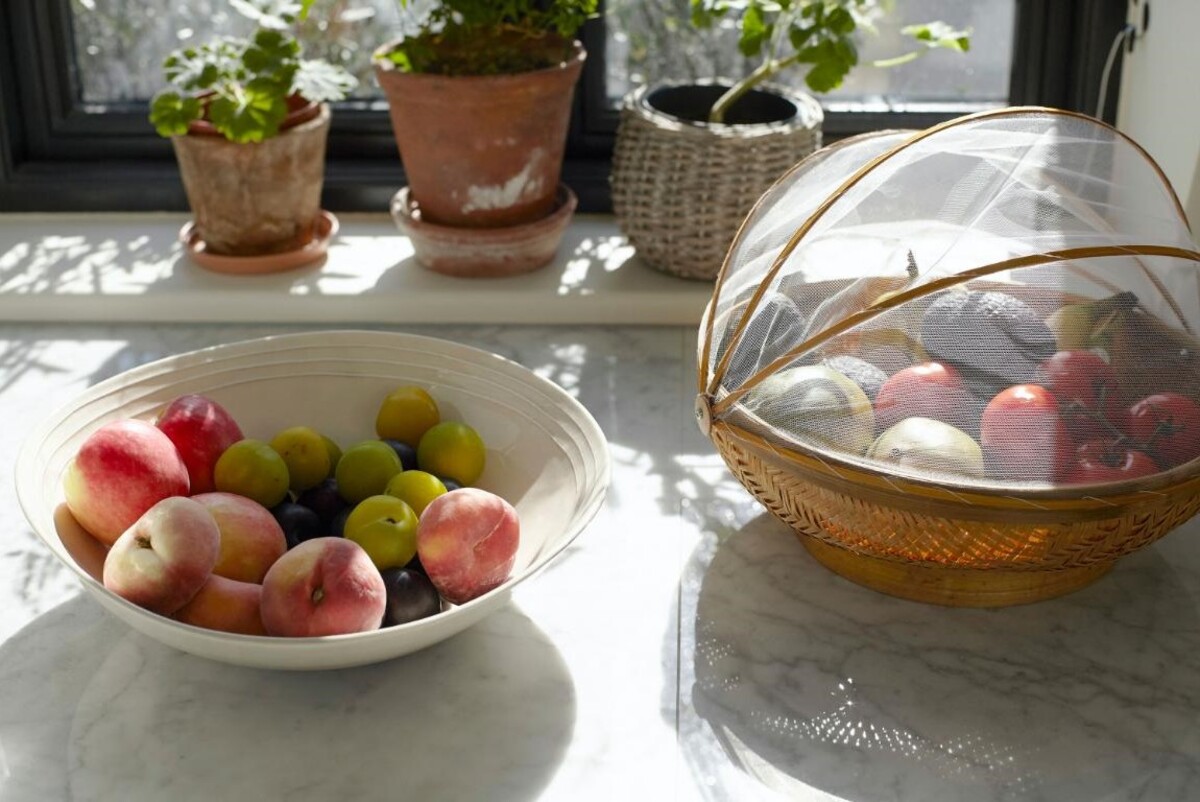
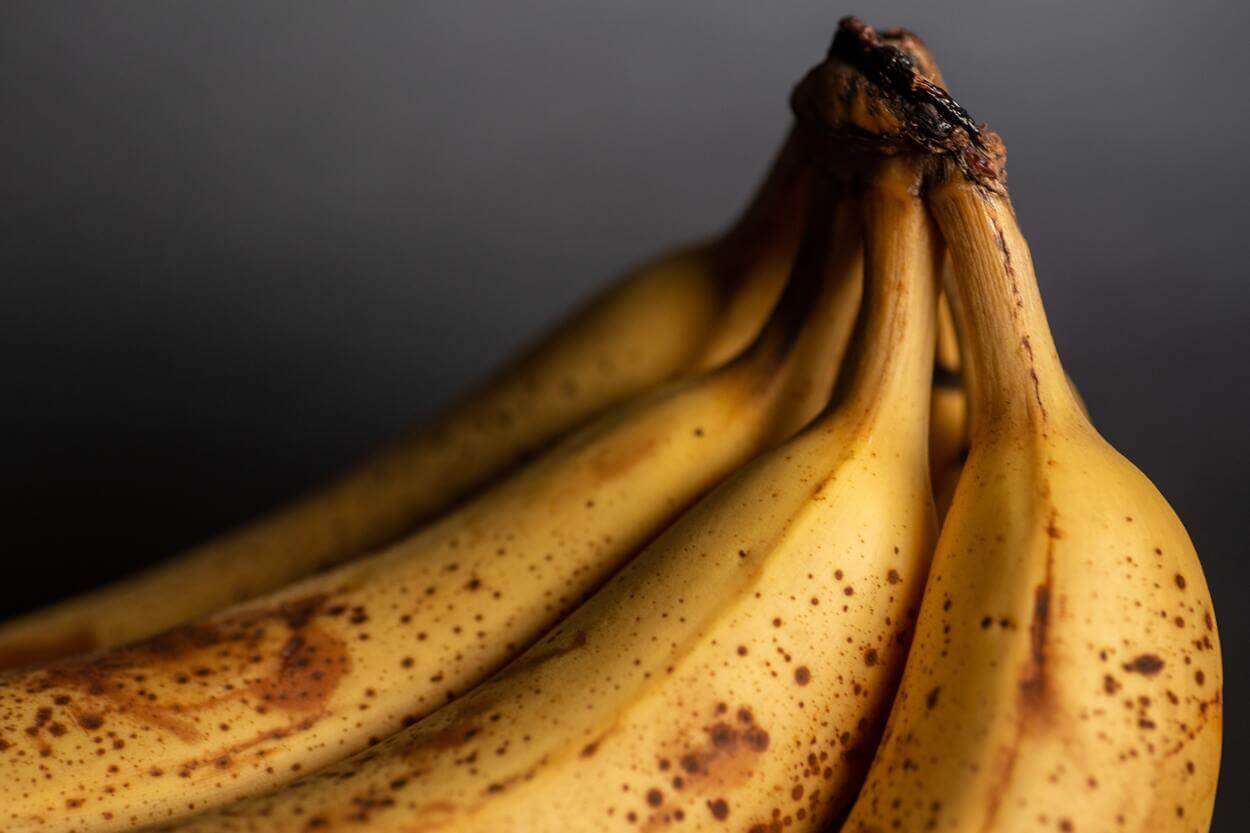
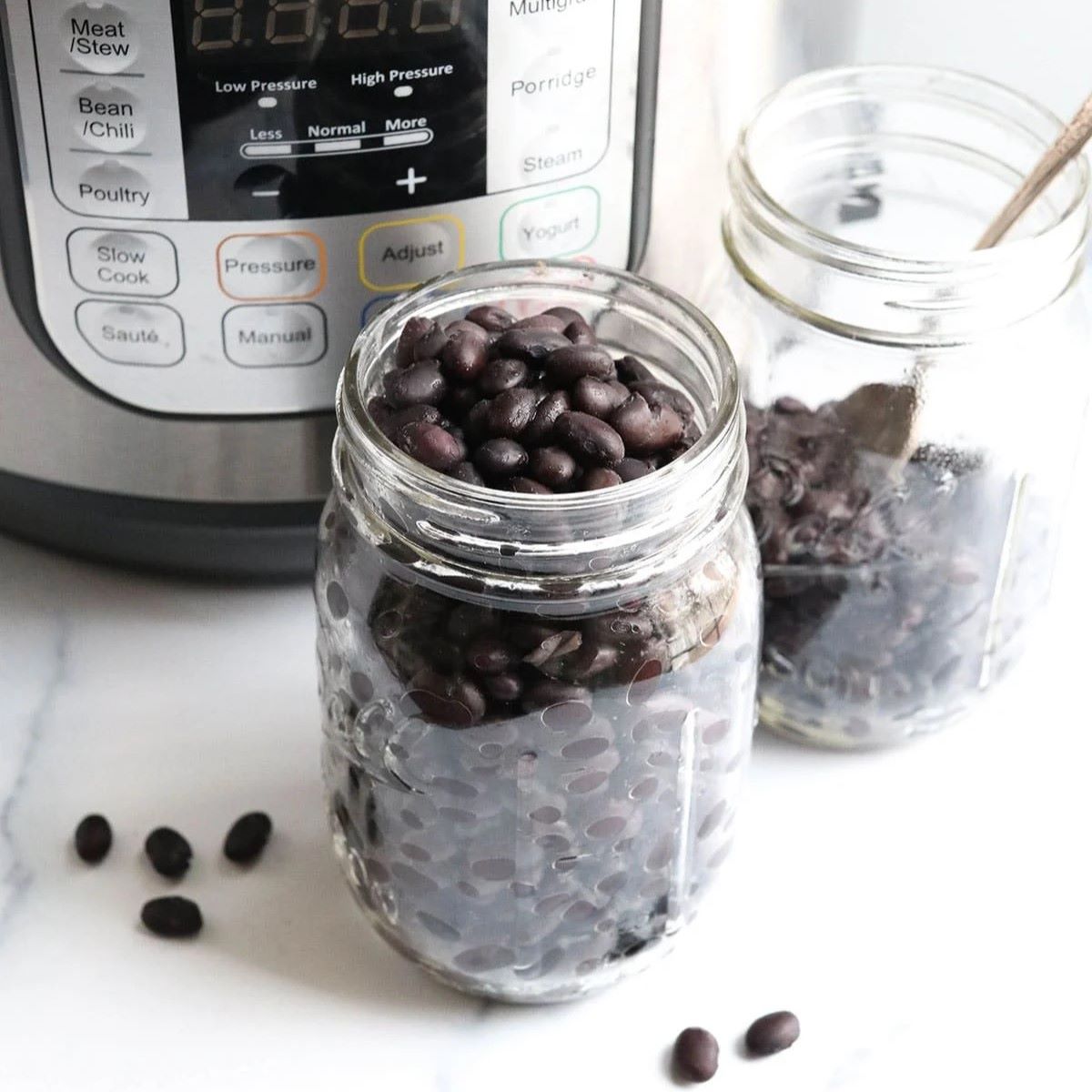
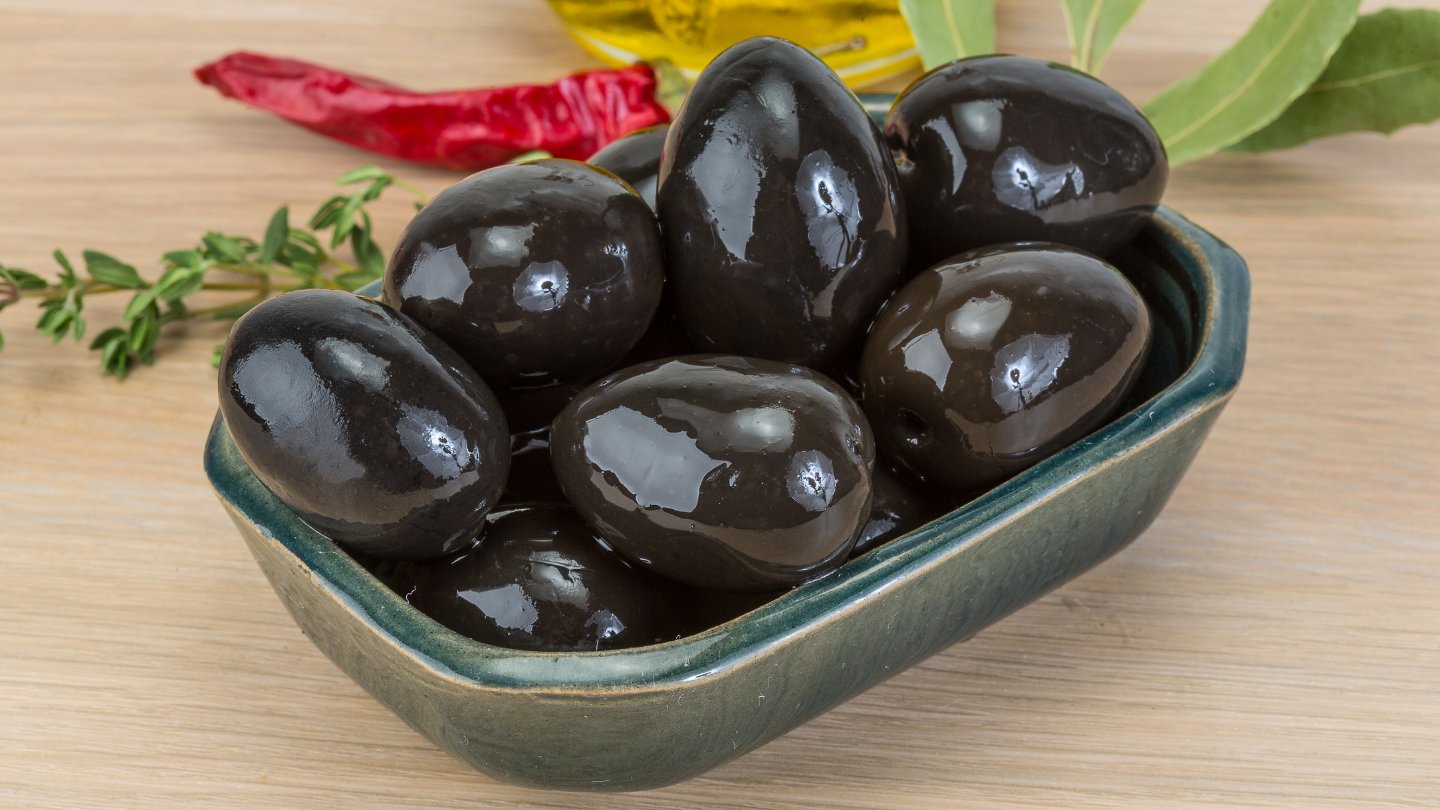
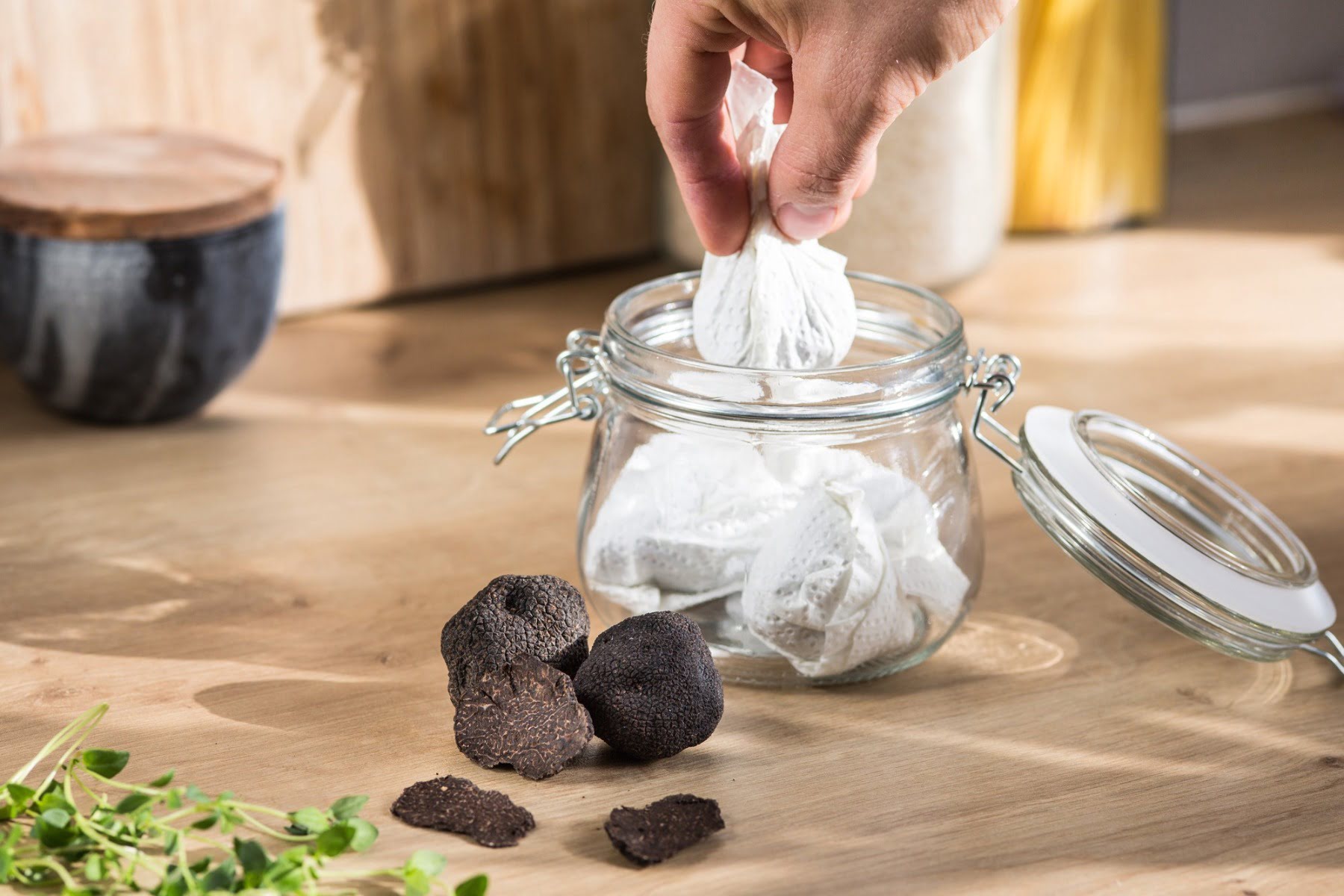
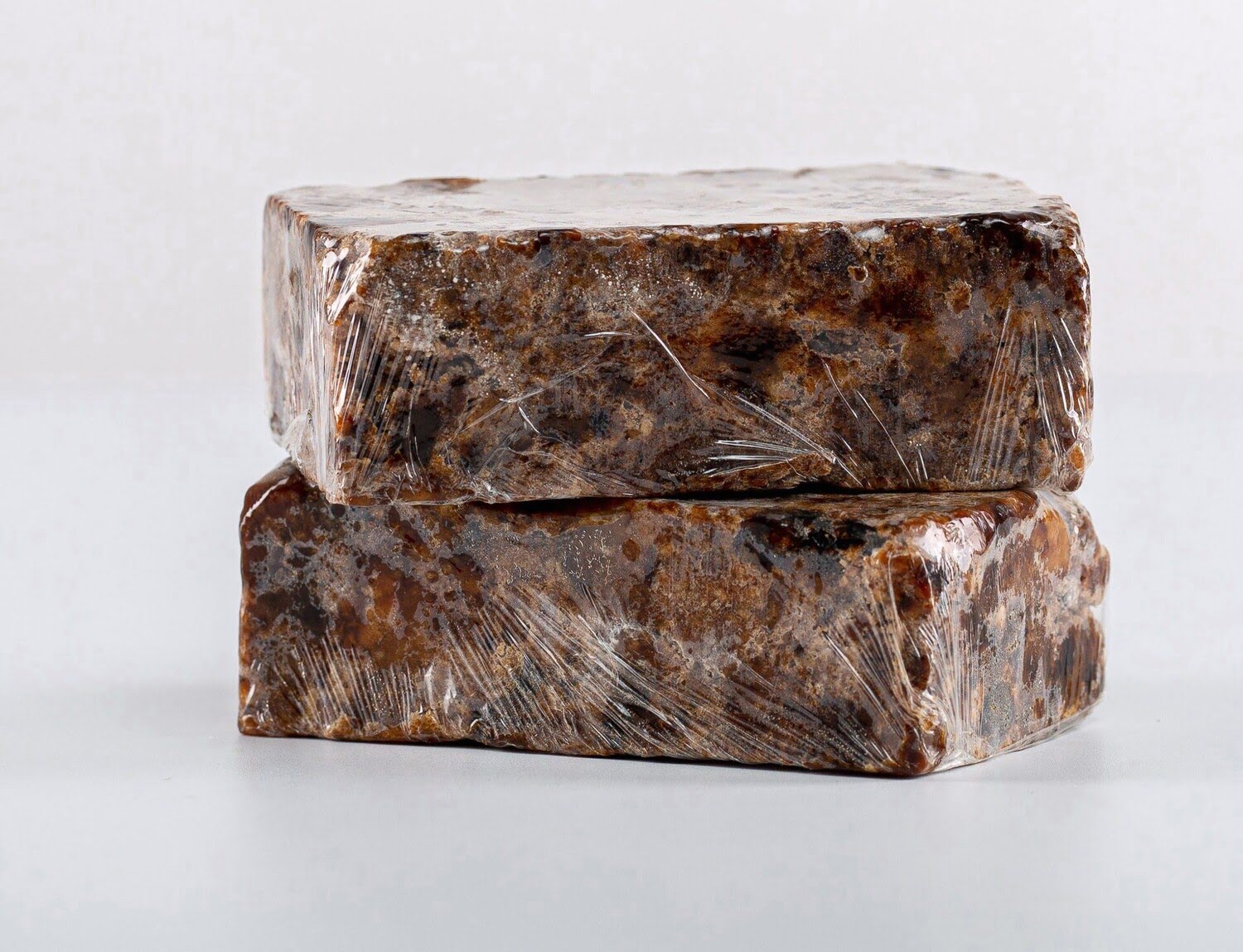
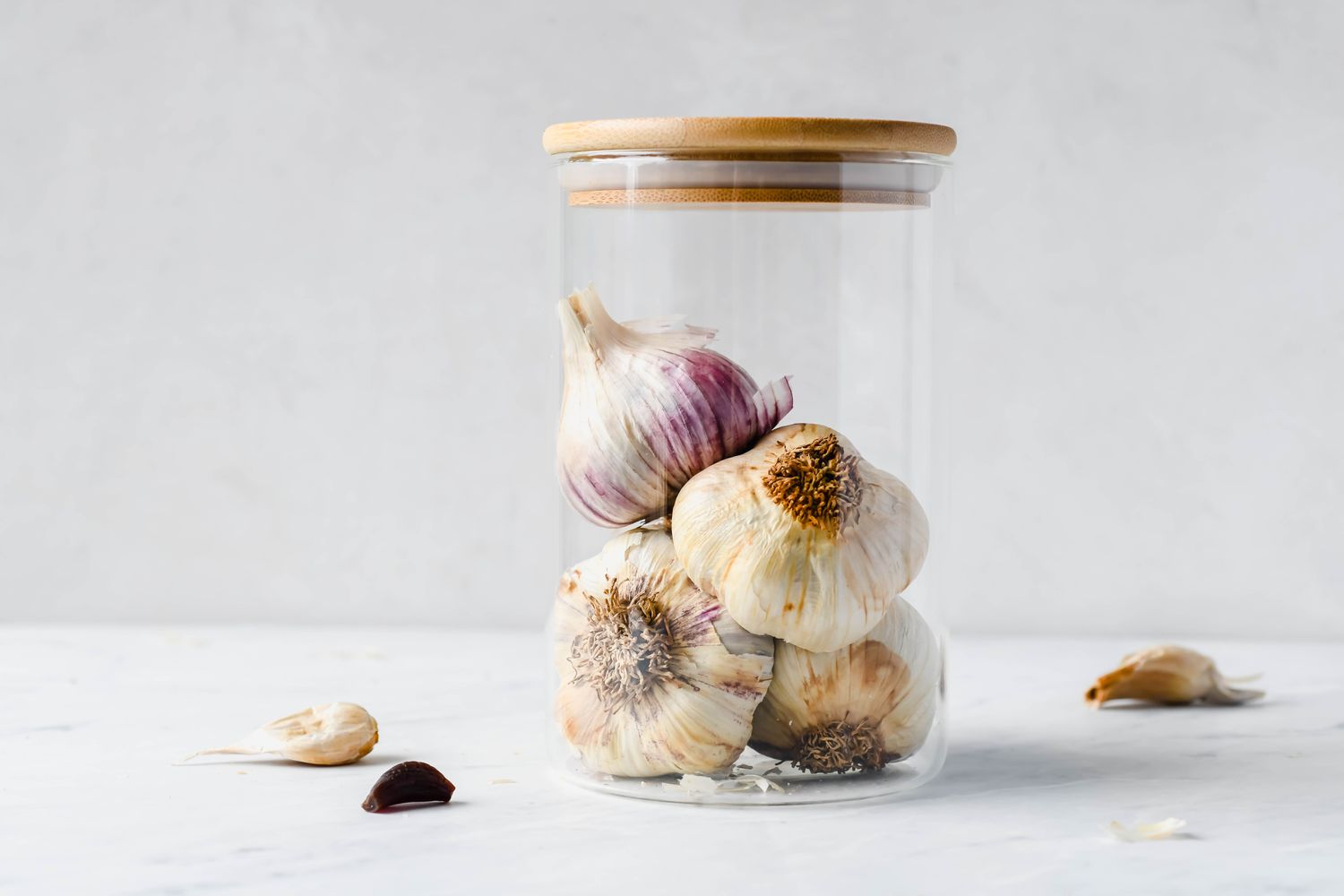
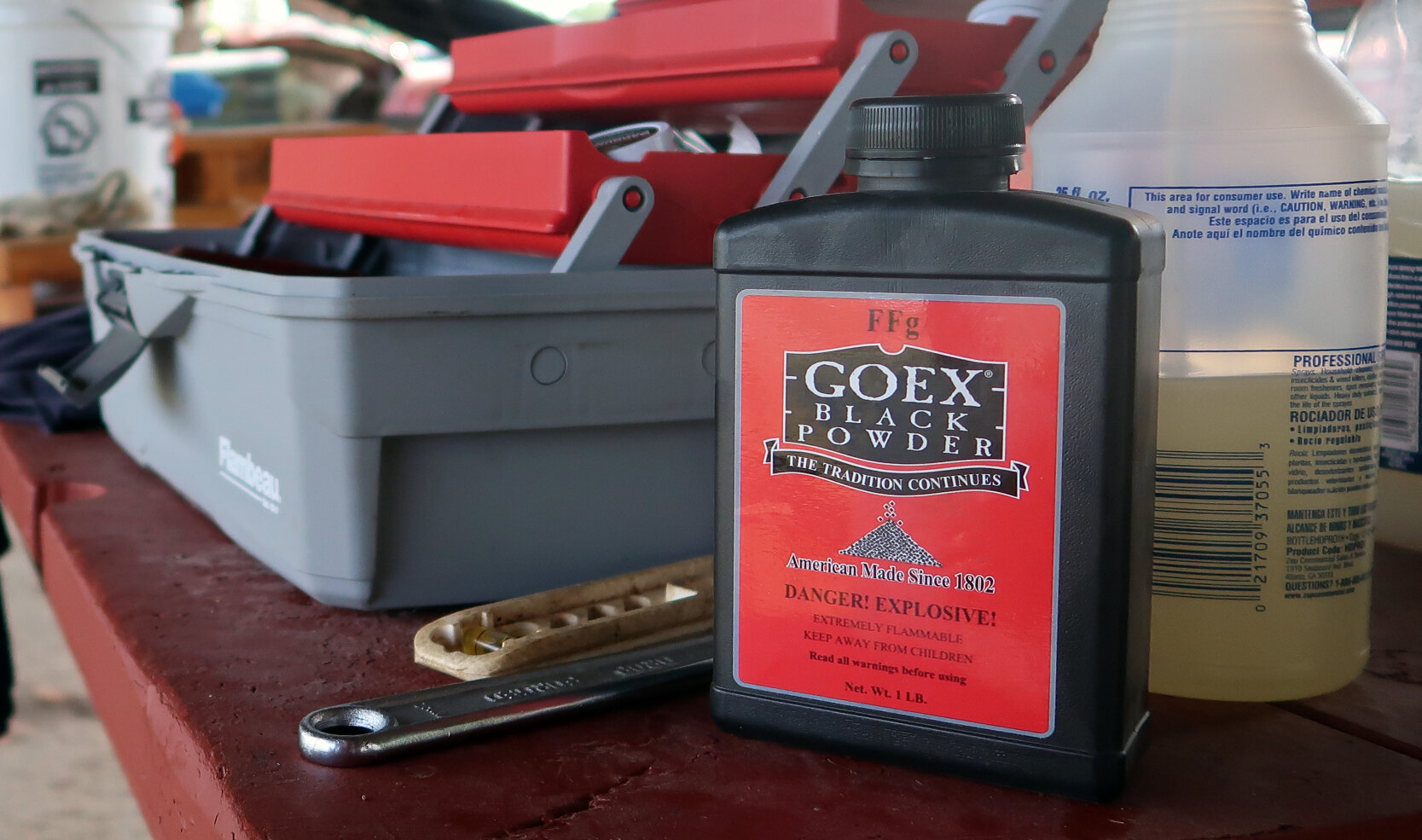

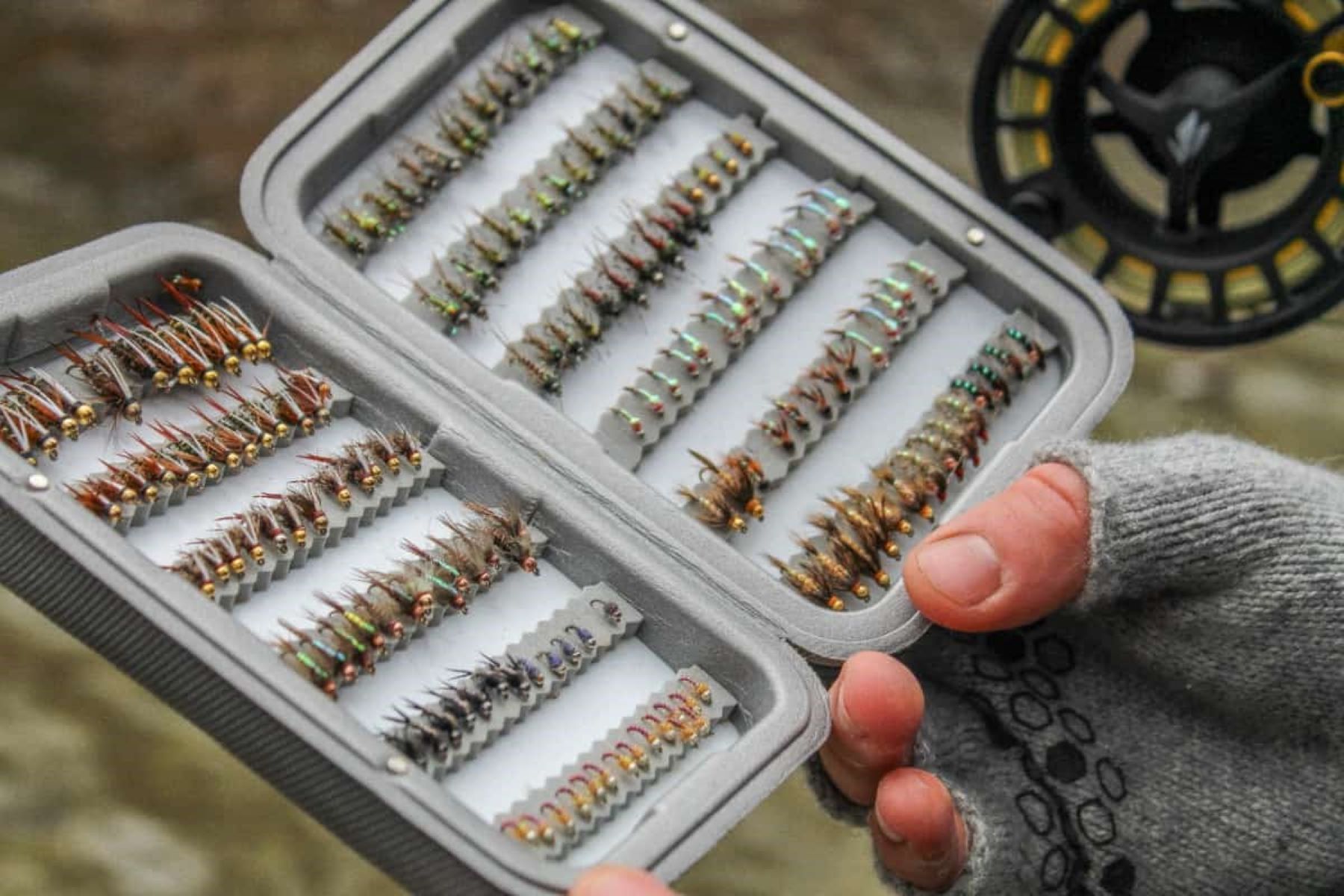
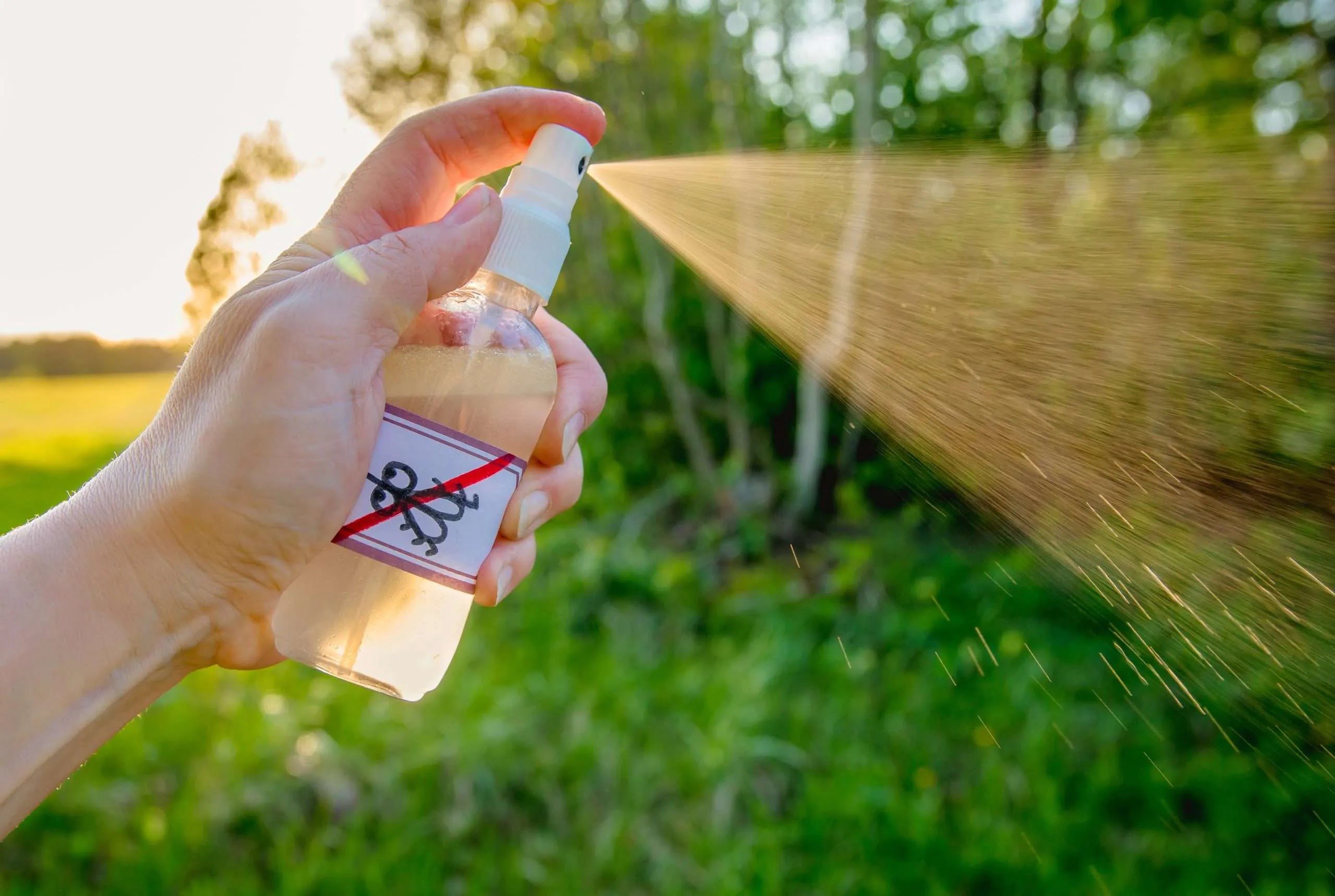
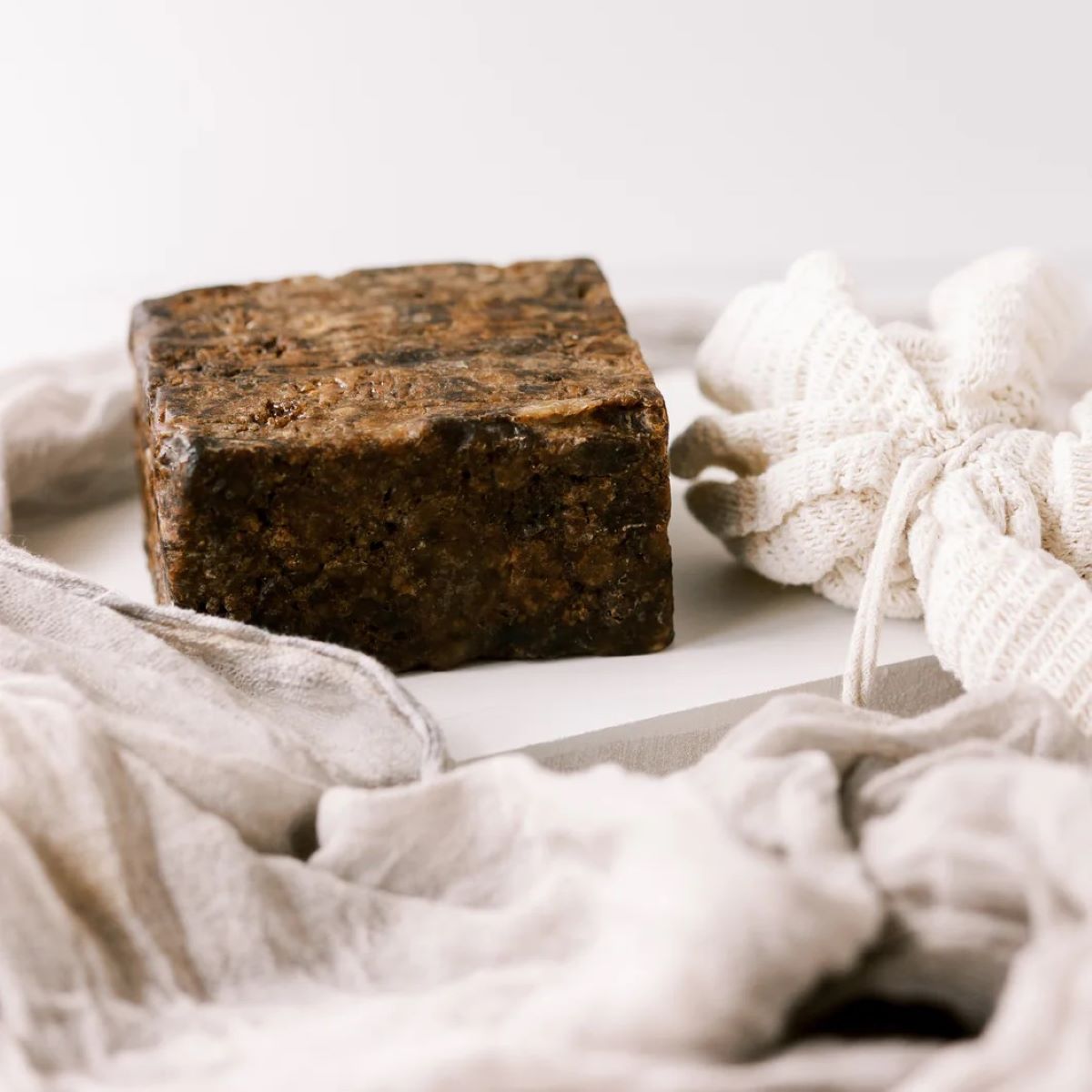
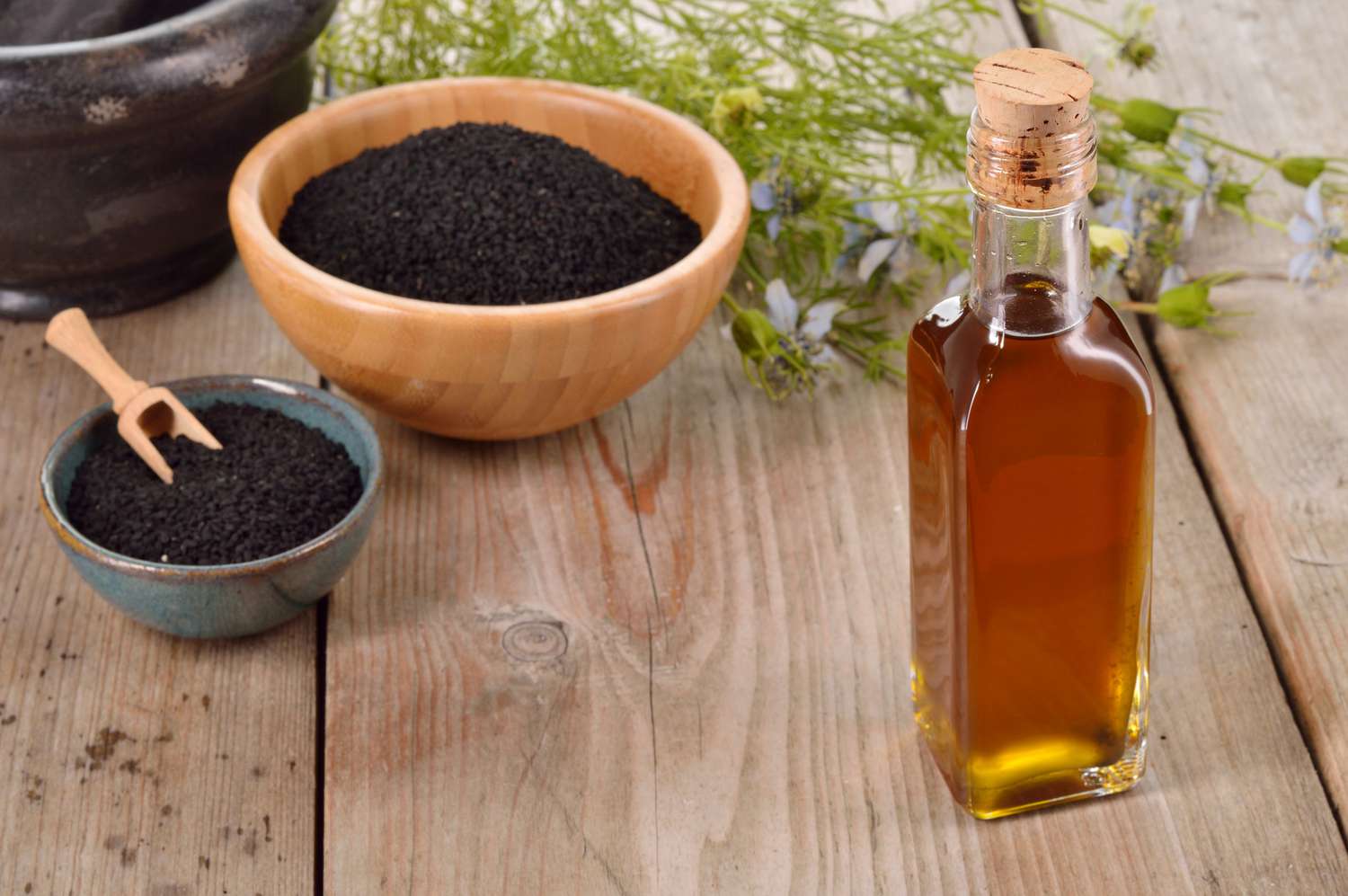
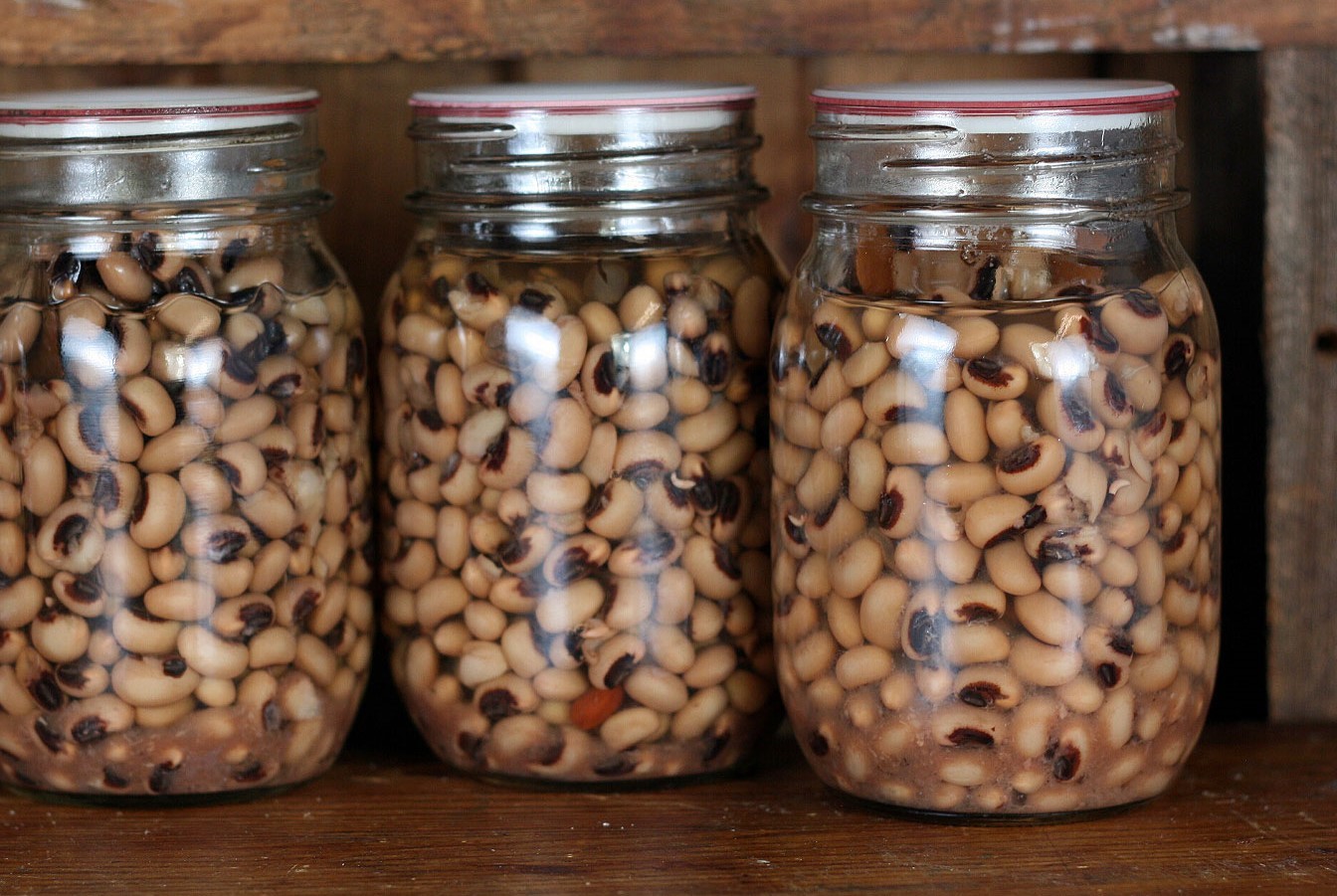

0 thoughts on “How To Store Black Soldier Fly Larvae”